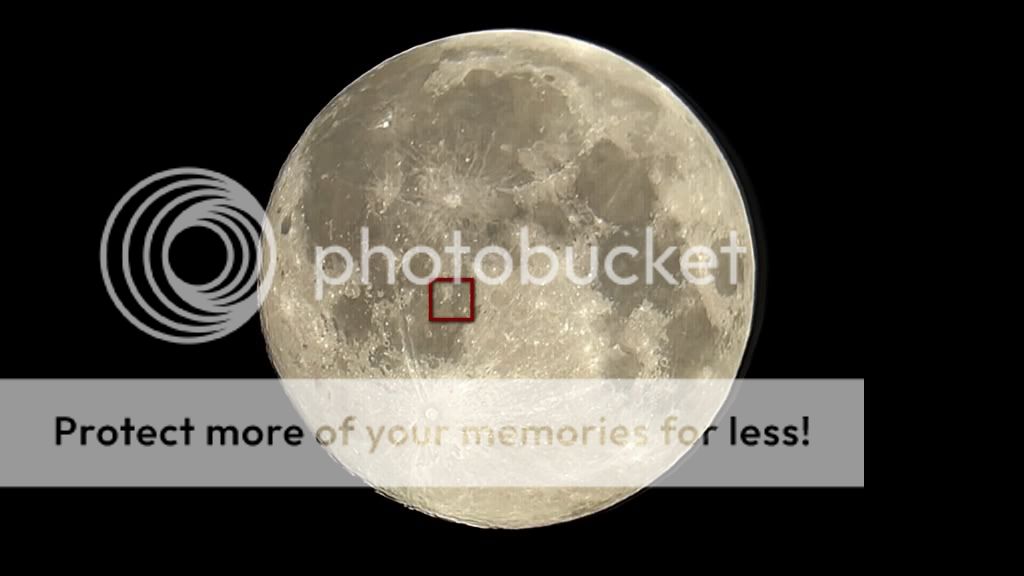Fra Mauro (95 km) is a flooded crater with low edges, which makes it difficult to see even through an astronomical telescope, although it has 95 km, but in these lighting conditions with the sun at a low angle, it comes easier revealed.
South of Fra Mauro crater there are other two: Bonpland (60 km) and Parry (48 km), similar to each other and also flooded.
Rimae Parry, a straight trench, starts on the floor of Parry to the west, and reaches the crater Fra Mauro, cutting it in two.
Apollo 14 landed in the Fra Mauro. The crew was formed by Alan Shepard and Edgar Mitchell, and they collected there rocks called breccia, composed of broken fragments of minerals cemented together. These rocks were deposited there by the impact that formed Mare Imbrium, partially covering the crater. This blanket of rocks is known as the "Fra Mauro formation."
Fra Mauro name of this crater is given from the cartographer Fra Mauro, who did not made maps of the Moon but the Earth. He died in 1460 and was a monk after mid-life in the St. Mihail monastery of Venetian Republic.
Moon Age: 9.05 days
Phase: 70.5% (0% = New, 100% = Full)
Distance: 399.221 km
Optics: Celestron C8-Newtonian telescope, 20mm Plossl, 2x barlow
Mount: CG5 (EQ5)
Camera: Sony CX130
Filter: no
Date: 10/03/2014
Location: Baia Mare, Romania
Processing: FastStone Image Viewer
Phase: 70.5% (0% = New, 100% = Full)
Distance: 399.221 km
Optics: Celestron C8-Newtonian telescope, 20mm Plossl, 2x barlow
Mount: CG5 (EQ5)
Camera: Sony CX130
Filter: no
Date: 10/03/2014
Location: Baia Mare, Romania
Processing: FastStone Image Viewer










 Sunday, October 12, 2014
Sunday, October 12, 2014
 Unknown
Unknown


















